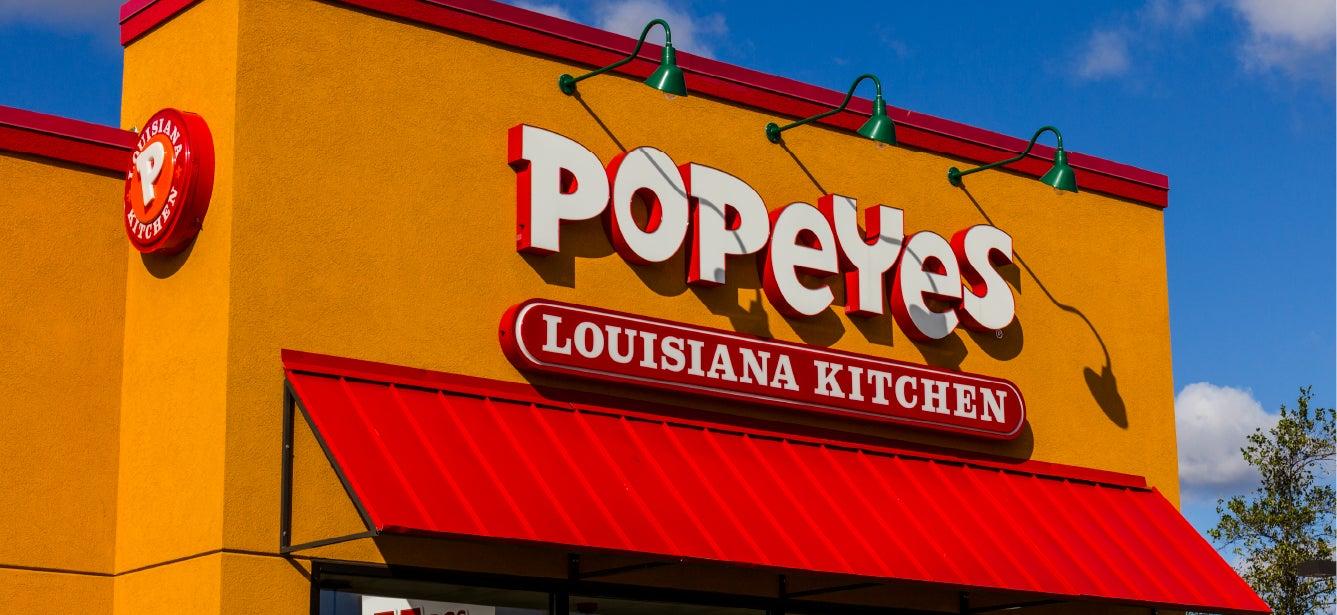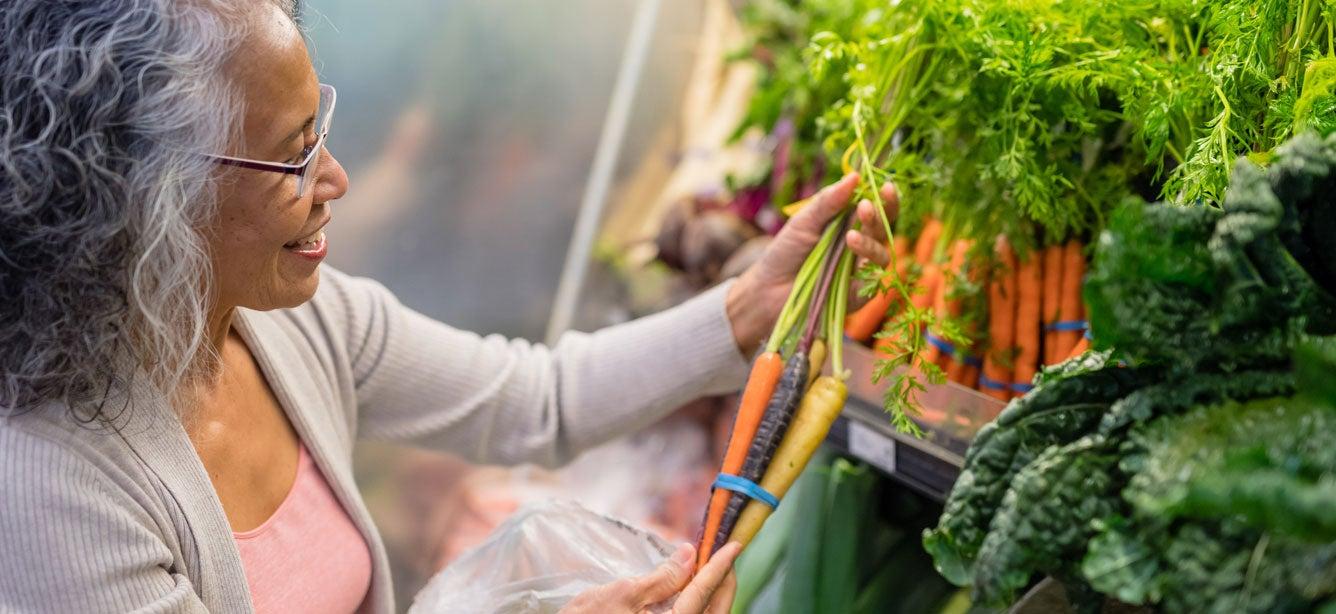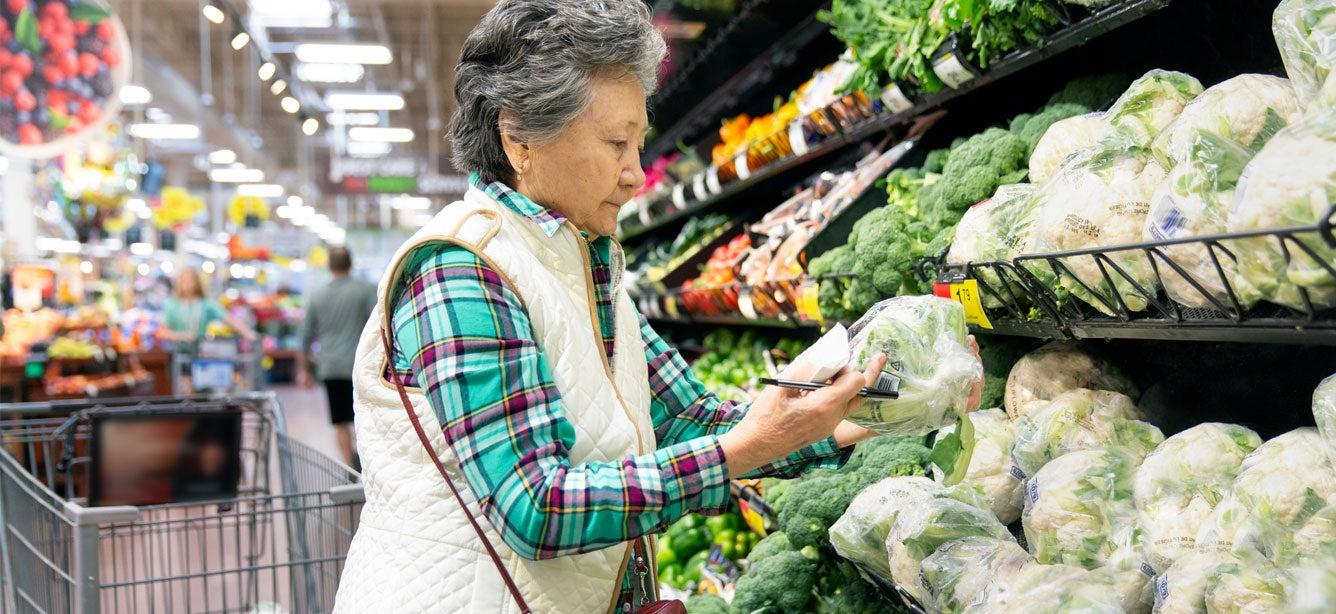
Related Topics
One of the key provisions of the Supplemental Nutrition Assistance Program (SNAP) is that it only covers foods meant to be prepared and eaten at home. The program does not cover food that's hot at the point of sale—even if it’s bought from a grocery store. This means that restaurant meals as well as foods like rotisserie chicken, ready-to-eat soup, and pre-cooked pizza slices cannot be purchased with SNAP dollars.
But what happens if an older adult doesn't have the ability or living space to prepare a meal for themselves? That's where the Restaurant Meals Program (RMP) comes in. The RMP has been a critical part of the country’s food stamps program since 1977.
What is the Restaurant Meals Program?
The Restaurant Meals Program allows certain SNAP recipients to purchase prepared meals at authorized restaurants using their electronic benefits transfer (EBT) card. Participating restaurants must offer meals at discount prices. In some instances, the program allows beneficiaries to purchase hot, prepared food in the deli sections of participating grocery stores. The RMP is a state-run program, and not all states offer this option.
Who qualifies for the Restaurant Meals Program?
To qualify for the program, an older adult must be a current SNAP beneficiary and live in a state that offers an RMP. Additionally, all members of their household must meet at least one of the following criteria:
- They are age 60 or older.
- They have a disability (and receive disability payments or disability retirement benefits from a government agency).
- They are homeless, meaning they lack a fixed nighttime residence and may be living in a shelter or halfway house.
- They are the spouse of a SNAP beneficiary who qualifies for the Restaurant Meals Program.
An additional application is usually not required to take part in the RMP.
Some people don't have the means to prepare or store food, which leaves them out of the country’s nationwide hunger assistance program. The RMP serves to bridge this gap by providing another way for SNAP recipients to use their benefits.
What states have the Restaurant Meals Program?
To date, seven U.S. states have chosen to participate in the SNAP RMP. Arizona and California offer Restaurant Meal Programs that are widely available, while Illinois, Maryland, Michigan, Rhode Island, and Virginia only offer this option in certain cities or counties. New York allows its state social services agencies to apply to the program.
States that want to participate in the SNAP Restaurant Meal Program must show the U.S. Department of Agriculture (USDA) that portions of its population aren't well-served by traditional SNAP benefits. Each state can establish their own criteria for allowing restaurants into their RMP. However, in general, restaurants that wish to participate must:
- Be located in a state that offers a Restaurant Meal Program.
- Get approval from the state.
- Provide a signed agreement to the Food and Nutrition Service (FNS).
- Get authorization from FNS to accept SNAP payments.
To accommodate SNAP EBT payments, restaurants must have a point-of-sale (POS) device that can accept EBT cards.
What restaurants accept SNAP EBT cards?
Some popular fast-food and restaurant chains that accept SNAP EBT in states that offer the Restaurant Meals Program include:
- Blimpie
- Burger King
- Carl’s Jr.
- Dairy Queen
- Denny’s
- Domino’s Pizza
- Golden Corral
- Jack in the Box
- Jamba Juice
- KFC
- Papa John's Pizza
- Pizza Hut
- Popeye’s
- Quiznos
- Subway
- Taco Bell
- Wendy’s
Participating restaurants should have prominently displayed signage (usually on the front door or window) that says “Participating Restaurant: SNAP Restaurant Meals Program” along with the fork and knife logo.
If you or an older adult you care for lives in a state or county that offers the RMP, call your local SNAP office for a complete list of participating restaurants. Use the SNAP State Directory of Resources to find the contact information for your state.
How do I use my SNAP EBT card at a participating restaurant?
All you need is your active EBT card with sufficient funds and your secret PIN (personal identification number). You or the cashier will swipe your EBT card through a Point-of-Sale (POS) device, similar to how you use your card at the grocery store. The sales receipt you receive should show the cost of your meal and the balance of your SNAP benefits remaining.
Under the Restaurant Meals Program, participating restaurants are not permitted to charge a sales tax or service gratuity.
Are you or an older adult you know missing out on vital SNAP benefits?
Approximately three out of five older adults who qualify for SNAP are forfeiting benefits—an estimated 5 million people.1 Don’t pass up life-changing assistance that can help you or a senior you know eat healthier. SNAP can offer major financial relief for households that are stretched thin. Just ask the daughter of Vernon Dove, age 65. Before SNAP, she worried about her father and mother having enough food in the house. Now, she no longer has to.
I noticed my daddy looking a little thinner, and he said they eat just twice a day to make the food last the whole month," she told her benefits counselor. "Being eligible for SNAP benefits is a lifesaver for my parents."
Learning more about SNAP eligibility is fast and simple with NCOA's online tool. Just visit BenefitsCheckUp.org and enter your ZIP code. You'll be provided with information about your state's SNAP program, including how to apply. You can even find out if you or another older adult qualifies by answering a few brief questions.
Get information on SNAP, money management, Medicare, and more at our Caregivers Resource Hub.
Sources
1. Food Research and Action Center. SNAP Participation Lags Among Eligible Seniors in Every State, Putting Them at Greater Risk of Hunger. March 22, 2019. https://frac.org/news/snap-participation-lags-among-eligible-seniors-in-every-state-putting-them-at-greater-risk-of-hunger



